5 Natural Ways to Boost Milk Yield Without Chemicals
Milk production is the backbone of dairy farming, and increasing yield naturally can lead to healthier cows and better-quality milk.
No products in the cart.
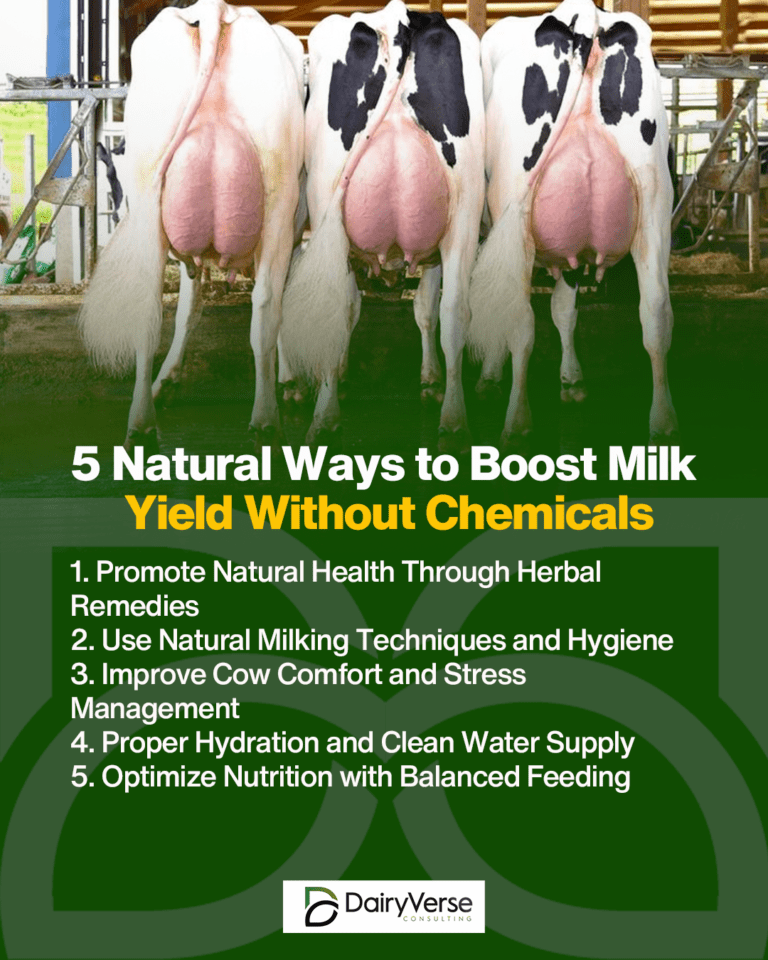
Milk production is the backbone of dairy farming, and increasing yield naturally can lead to healthier cows and better-quality milk.

Sustainability in agriculture is a growing concern as the world grapples with environmental challenges, resource limitations, and the need to feed a growing population.
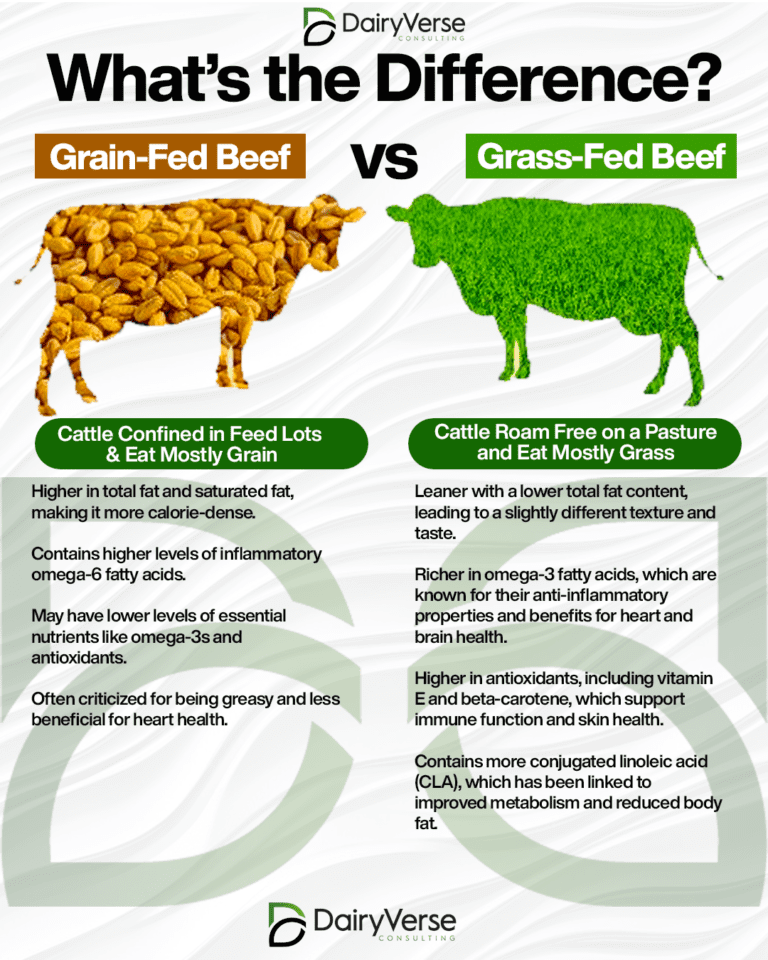
While both types of beef provide protein and essential nutrients, they differ significantly in how the cattle are raised, their nutritional profiles, and their overall effects on human health.
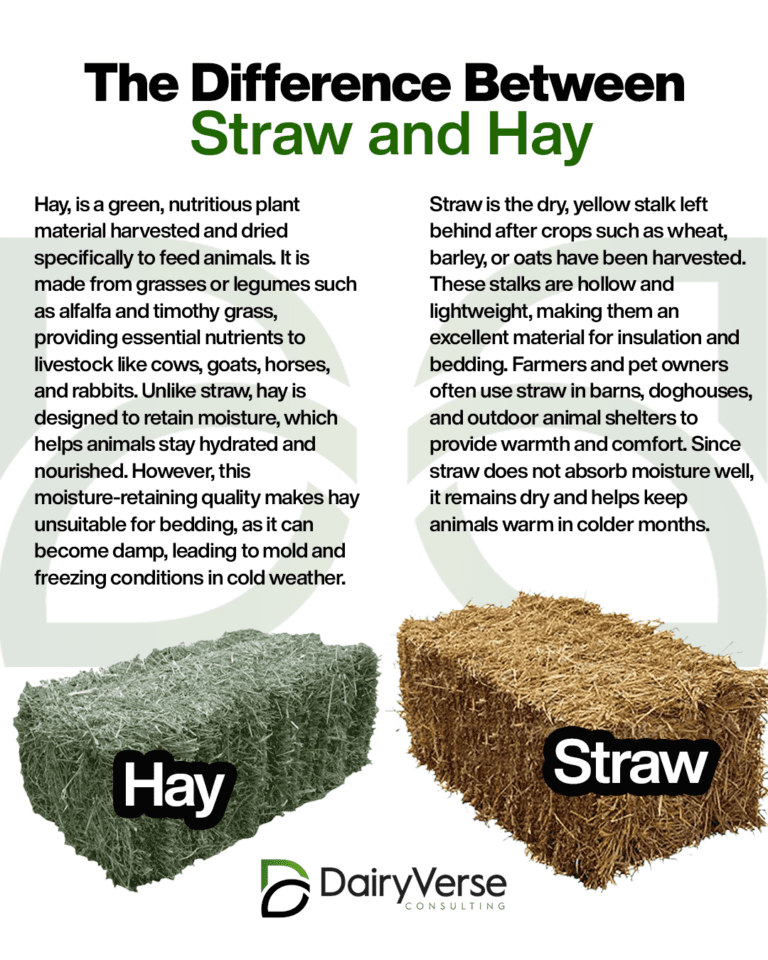
Many people confuse straw and hay, but these two materials serve entirely different purposes in farming and animal care.

Dairy cows require a balanced and nutrient-rich diet to maintain their health, support reproduction, and maximize milk production.

Maintaining a longer lactation period in dairy cows is key to maximizing milk production while ensuring cow health and farm profitability.
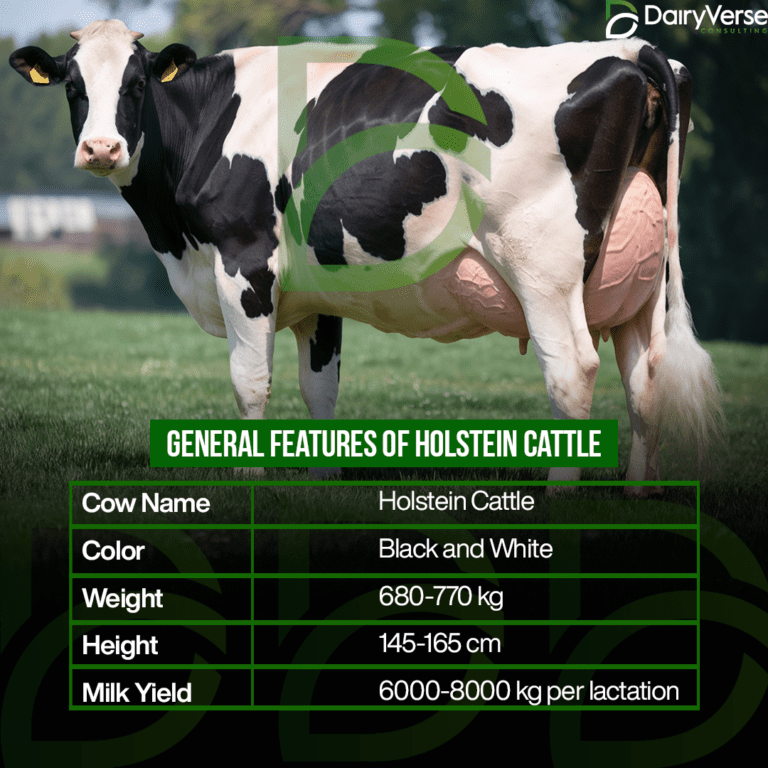
Holstein cattle are among the most recognizable and productive dairy breeds in the world. Known for their distinctive black and white markings, these cows are prized for their exceptional milk production, making them a preferred choice for dairy farmers globally.
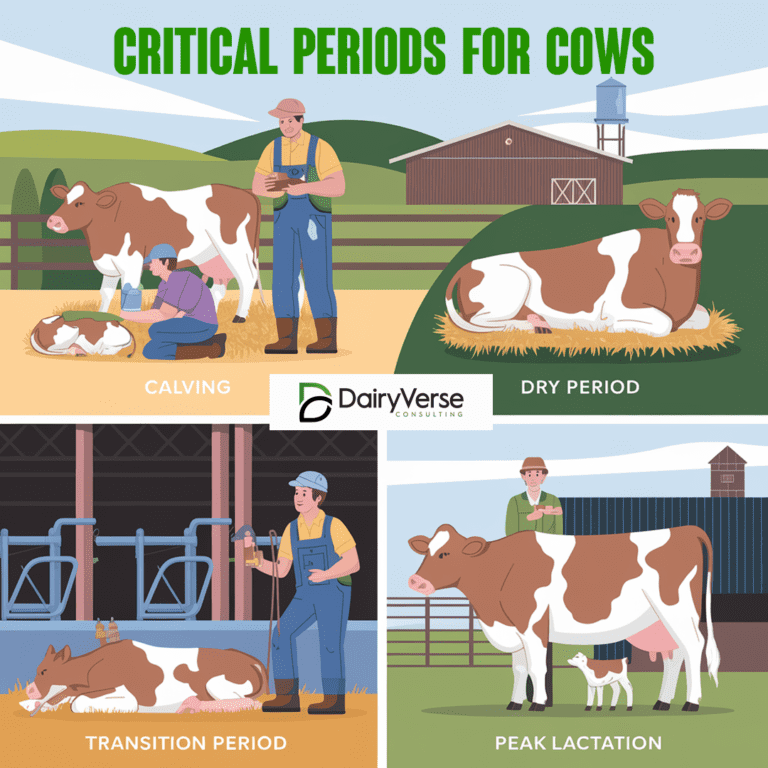
Cows experience several critical periods that require focused care and management to maintain their health and productivity. Proper planning during these stages minimizes risks and maximizes output.

Anaplasmosis is a significant infectious disease in cattle, impacting herds across tropical and subtropical regions. This condition, caused by the bacterium Anaplasma marginale, can lead to severe anemia, reduced productivity, and economic losses if not managed promptly.